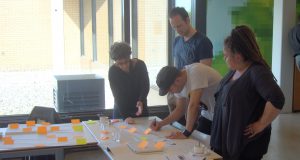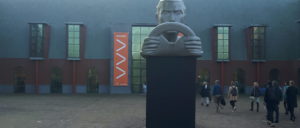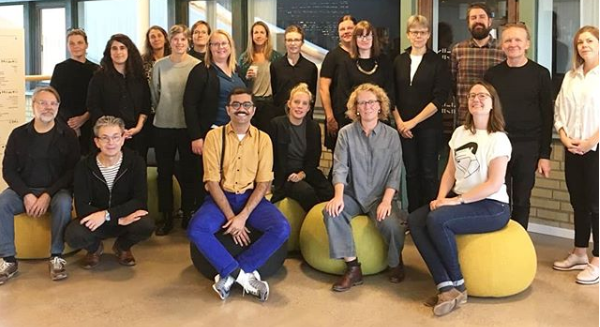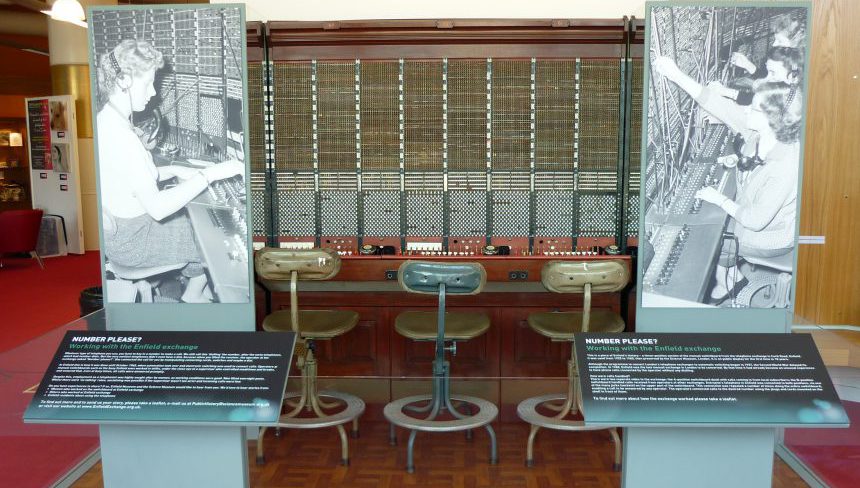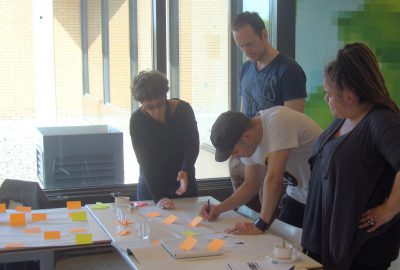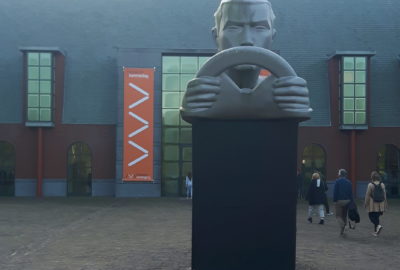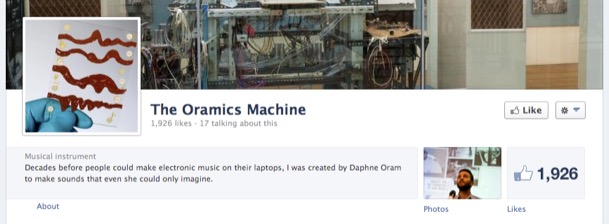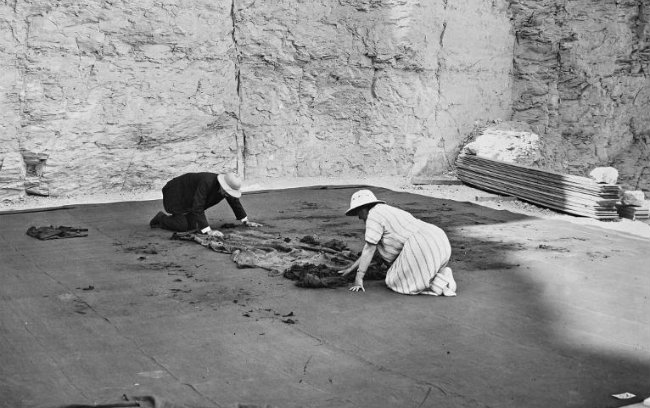
The Museum as Knowledge Institution
Recently I attended a lecture organised by the Royal Dutch Academy of Science (KNAW) about the role of museums as knowledge institutions. As part of this lecture, history professor Wijnand Mijnhardt had a conversation with five museum professionals, who each spoke about the role of research in their organisations.
Taco Dibbits, director of the Rijksmuseum described how art historical research was used in his organisation. Among other things, he emphasised the importance of connoisseurship and was sceptical of the actual benefits of advanced analytical equipment and computers. Anna Tummers, curator at the Frans Hals Museum, on the other hand, discussed how she used scientific tools to analyse the exact chemical composition of Frans Hals’ paints in an attempt to better understand how he collaborated with others while making his paintings.
Hetty Berg, head curator of the Jewish Historical Museum in Amsterdam is carrying out research into the development of historical exhibitions in Jewish museums across Europe in an attempt to better understand the decision making & meaning making processes in these museums. Both her research and that of Anna Tummers was made possible through a ‘museumbeurs’ grant, awarded by NWO (Dutch Organisation for Scientific Research) with the aim to stimulate academic research in museums.
Wayne Modest is the director of the Research Centre for Material Culture in Leiden, which is part of the National Museum of World Cultures. He and his team are exploring new ways of knowledge generation, both by working with communities in the Netherlands, as well as communities that made the objects that are now in the care of the Museum of World Cultures. Michael John Gorman discussed both working with scientific collections and collaborating with scientists at the Science Gallery in Dublin.
Despite different types of museums being represented on the panel, the conversation seemed to focus on art historical research initially. Although different topics were later discussed, thanks to questions from the audience, one very important subject remained unmentioned.
How do we generate knowledge?
What struck me most during this event was that the invited speakers seemed to have fundamentally different ideas about the position and role of research in their organisations, yet the moderator did not pick up on this. Where both Modest and Gorman clearly stated that in their organisations research did not only happen behind the scenes, but was part of their dialogue with visitors, Tummers and Dibbits only talked about sharing the outcomes of their research with their audience. “To communicate our knowledge of the objects in our collections is our duty” Dibbits stated.
Berg seemed to be the only speaker, who wasn’t researching her collections, but the process of exhibition development. It surprised me that she spoke of ‘meaning making’ as something that is done by museum staff when they develop an exhibition. In my research so far, I’ve only come across this term as describing an activity performed by visitors during their visit of the exhibition. This is not to say that a study into the production of exhibitions, and the decision making process that is part of it, is not important. It is a highly valuable type of research, which is not conducted nearly enough, especially in the Netherlands. In the light of this particular conversation, however, it made me realise that the words we use to describe our relationship with our visitors matter a great deal.
Going back to the role of museums as knowledge institutions, how we generate knowledge, and with whom we generate it, has huge implications with regards to the way power is shared (or not) by museums and academics alike. For me this was the most important theme of the evening, although it was only touched upon by Modest and Gorman as they described their own research practices and not at all mentioned by the moderator.
When describing the various research strands the Research Centre for Material Culture was pursuing, Modest emphasised several times that they wanted to actively challenge the way knowledge was produced. What happens if we stop seeing Design as a Western quality, but take a truly global perspective instead? What happens when we let our visitors ask the questions? What if we ask basket weavers from Indonesia to take apart one of the baskets in our collections and teach us their weaving techniques?
Gorman, on the other hand, seemed to describe a different kind of visitor involvement, where visitors could contribute to ongoing scientific research by sharing their blood or DNA. What was interesting here, was that what could be a fairly straight forward, clinical activity, drawing blood, collecting a DNA sample, was made into a visitor-centred activity. Rather than only asking “What do researchers need and how are we going to get it from our visitors?” the team at the Science Gallery also raised the question “What are our visitors getting out of this?” “How can we make this an engaging and meaningful, but fun activity?” To me, this indicates a fundamentally different approach to the relationship between institution and visitors. People don’t come to our organisations to soak up the knowledge we are willing to share with them. They come to have fun, to explore, to experience something new, to be curious. Our visitors should be given the opportunity to ask their own questions and find the answers themselves. Even if you think education is the core role of museums, feeding your visitors’ curiosity should be your main goal. Because that is how learning works.
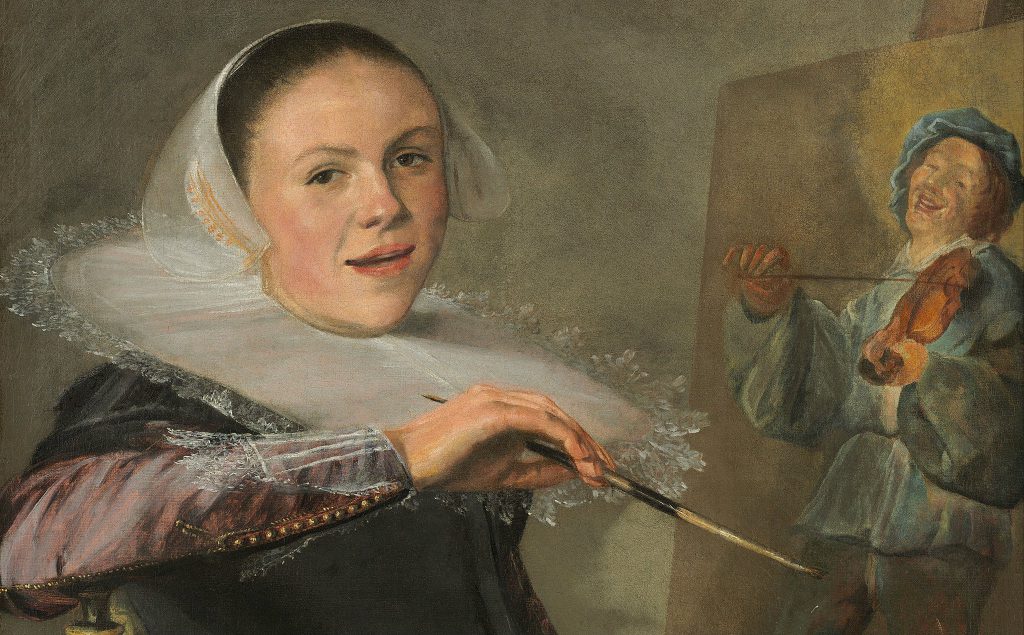
Detail of the self-portrait by Judith Leyster, 1630. (National Art Gallery Washington D.C.)
Nature or Nurture?
As the conversation continued, and as Dibbits kept referring to the elusive quality of art historians that is often called connoisseurship, I did wonder: Are certain academic disciplines better suited to open up their knowledge production processes than others? Does art history have certain intrinsic values that mean it cannot be opened up to the public? I’m not an art historian myself and I still remember feeling desperate at the age of 17, because I really wanted to work in a museum, but didn’t want to study art history and everyone told me art history was the only route into a museum career. It turned out everyone was wrong, luckily, and over the years I started to realise why I felt uncomfortable about art history. I come from a working class background and was raised with a healthy suspicion of everyone who thought they were better than somebody else, because they knew something, or because they had a certain background. For a long time this bothered me, for how could I give room to my professional ambitions, without becoming one of those people myself?
When I moved to the UK to pursue an MA in Museum Studies at the University of Leicester, that university had just won the title of ‘University of the Year’ and was advertising itself as ‘elite without being elitist.’ This phrase stuck with me, because it was the answer to the question I had been struggling with myself. If you are an outstanding organisation, that doesn’t mean you can’t be accessible to everyone.
Let’s go back to the question if certain disciplines are better suited to open themselves up to co-creation with museum visitors. Let’s look at ethnography, the topic the Research Centre for Material Culture engages with. I think we cannot deny this discipline is burdened more than most with a history of colonialism, eurocentrism and even profound racisms. Could this be the reason that power and privilege are such important topics in ethnographic research today? In the Netherlands at least, the Tropenmuseum, which was originally designed as a place where the Dutch could celebrate their colonial endeavours, and which is now part of the National Museum of World Cultures, is at the forefront of social inclusion and explores ways to share power and ownership (of knowledge and things) with both source communities and minority groups in the Netherlands.
But saying ethnography opened up its knowledge production because of its racist and sexists roots, would imply that art history does not originate from the same society, that was (and still is) euro-centric, racist and sexist. Not so long ago an art historian, based at the University of Amsterdam, told me that, until recently, there were no female artists and that is why museum collections lack diversity. Now this was a moment I wished I had studied art history, for I knew this wasn’t true, but I didn’t know the names of these underrepresented female artists. This goes to show that even today knowledge is power. So is art history a discipline of connoisseurs, because that’s simply the way it is, or is it still in many ways an elitist discipline, bestowing its knowledge upon museum visitors, because it’s not being challenged enough to do otherwise?
To be honest, if disciplines such as astronomy, genetics and fungal biology can be opened up to the public, and if a group of 8-year-olds can publish a scientific paper, what’s so special about art history that it cannot open up its practices to the wider community?
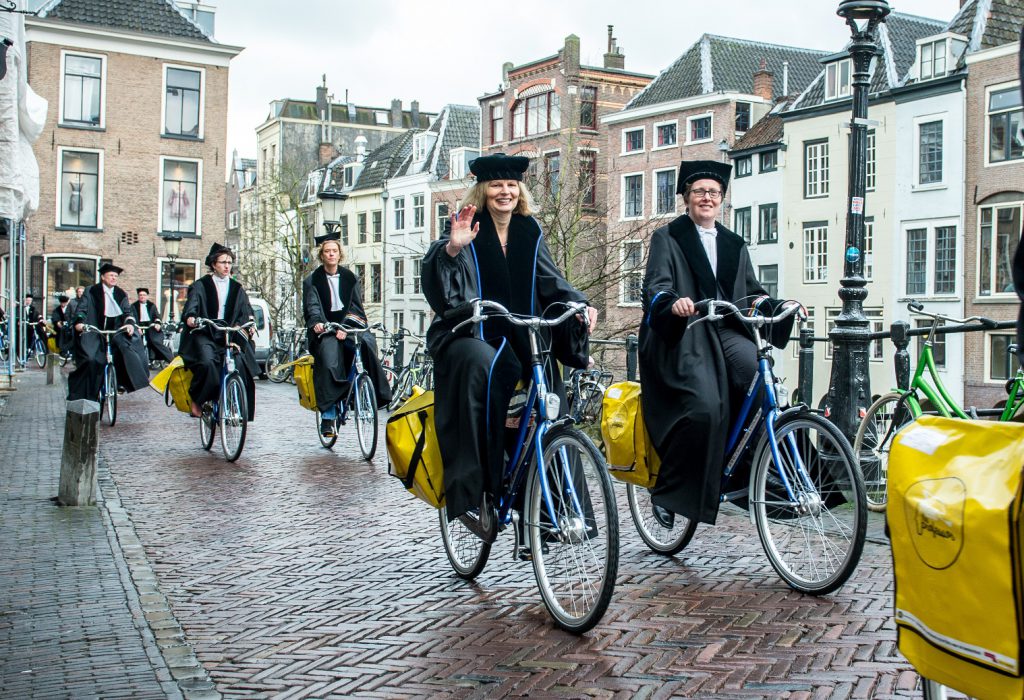
Professors from Utrecht University en route by bike to visit the city’s primary schools during the annual Meet the Professor event. (picture: Utrecht University)
The Academy
It is not my intention to portray the art historical community as an elitist club, isolated from society, but I do think art history as a discipline is not being challenged enough to review its power structures and the way it produces and shares knowledge. I think this is true to academia as a whole and the KNAW, as represented by dr. Mijnhardt, unfortunately can’t be said to have addressed this issue on the night. It was very clear the Academy was very pleased to have the director of the Rijksmuseum in its midst, and Taco Dibbits was, rightfully, addressed with great respect. What was interesting though, was that not all speakers were treated with the same level of respect.
Where Modest and Gorman where the only two people (as far as I could find) with a PhD, and Berg and Tummers were awarded prestigious research grants from the NWO, the latter two, incidentally the only two women, were repeatedly referred to as ‘young researchers’. Without wanting to offend the two women, young they are certainly not. They both have successful careers as curators at outstanding museums and Tummers has been a researcher and lecturer at the University of Amsterdam for several years. As researchers, both in academia and in museums, we have a lot of work ahead of us in order to become more inclusive and accessible. It saddens me that a prestigious institution such as the KNAW still seems blind to the casual sexism & elitism that was shown on the stage that night.

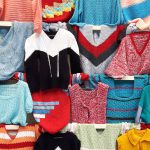 Previous Post
Previous Post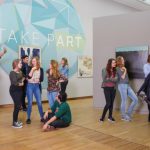 Next Post
Next Post